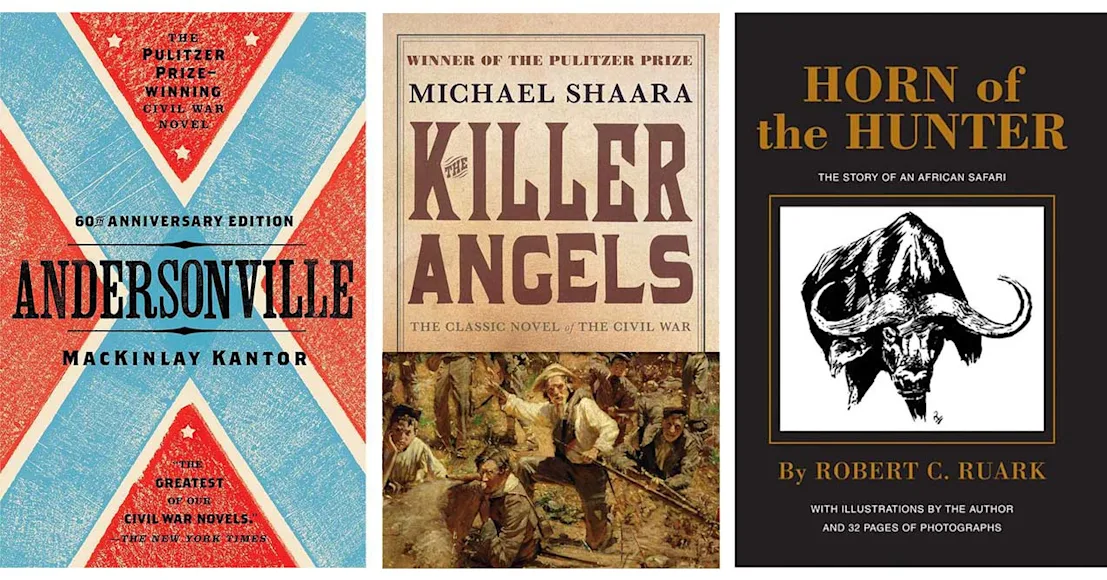_We may earn revenue from the products available on this page and participate in affiliate programs. Learn more ›
_
Books, the readers of this blog have said, give us books, and I have heard you, which is lucky, because I hear precious little these days.
These volumes fall into two categories, military and guns, because that’s what you seem to be most interested in. All are favorites of mine. I read Helmet for My Pillow when it was first published in 1957, and have been re-reading it ever since then. I read all three Bruce Catton books in a single weekend in 1967, and ignored everything else, including my first wife, who shortly thereafter became my first ex-wife. Not one of them has ever been out of print as far as I know, which is astonishing in the hardcover book biz.
The shooting and hunting books are a little different. Whereas military history deals with what happened and can’t be changed, gun and hunting books are driven by technology and the state of the wilderness, which is always in flux. Guns now ain’t what they used to be, nor is hunting. But the books here have stood the test of time. I know, or knew, all the writers except Ruark, and I read them over and over to have the pleasure of their company again.
I once met Finn Aagaard in a herd of gun writers on their way to a hunt, and when he saw me he positively beamed.
“I see you’re glad to see me,” I said.
“That’s because,” Finn answered, “when you’re here I’m not the deafest one around.”
Read and enjoy.
Military Books
Helmet for My Pillow , by Robert Leckie
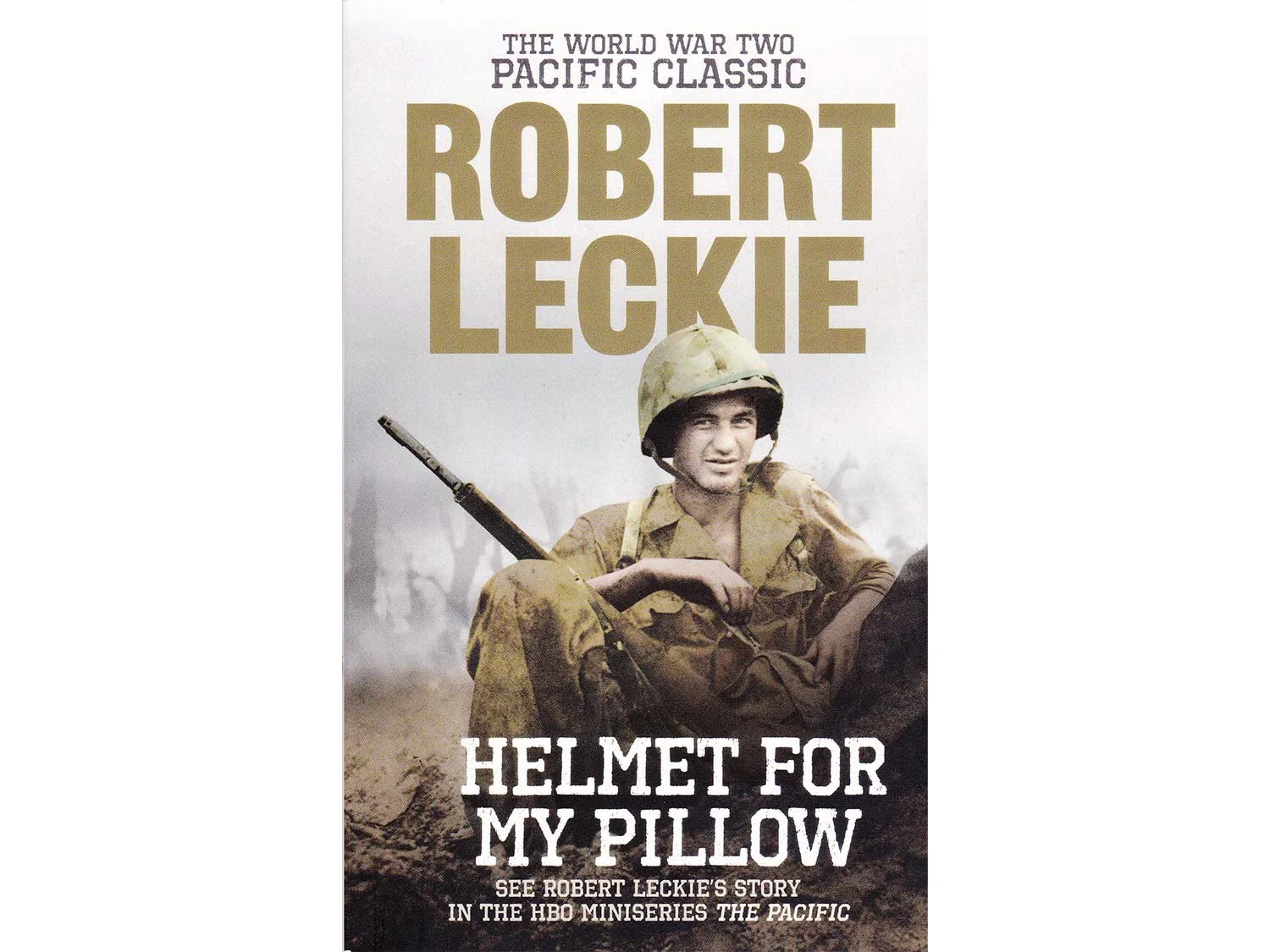
250 pages, Independently published, 2018 Robert Leckie
The author was a professional writer, and it shows. After all these years, it is still the best memoir
of WWII by a Marine.
With the Old Breed , by E.B. Sledge
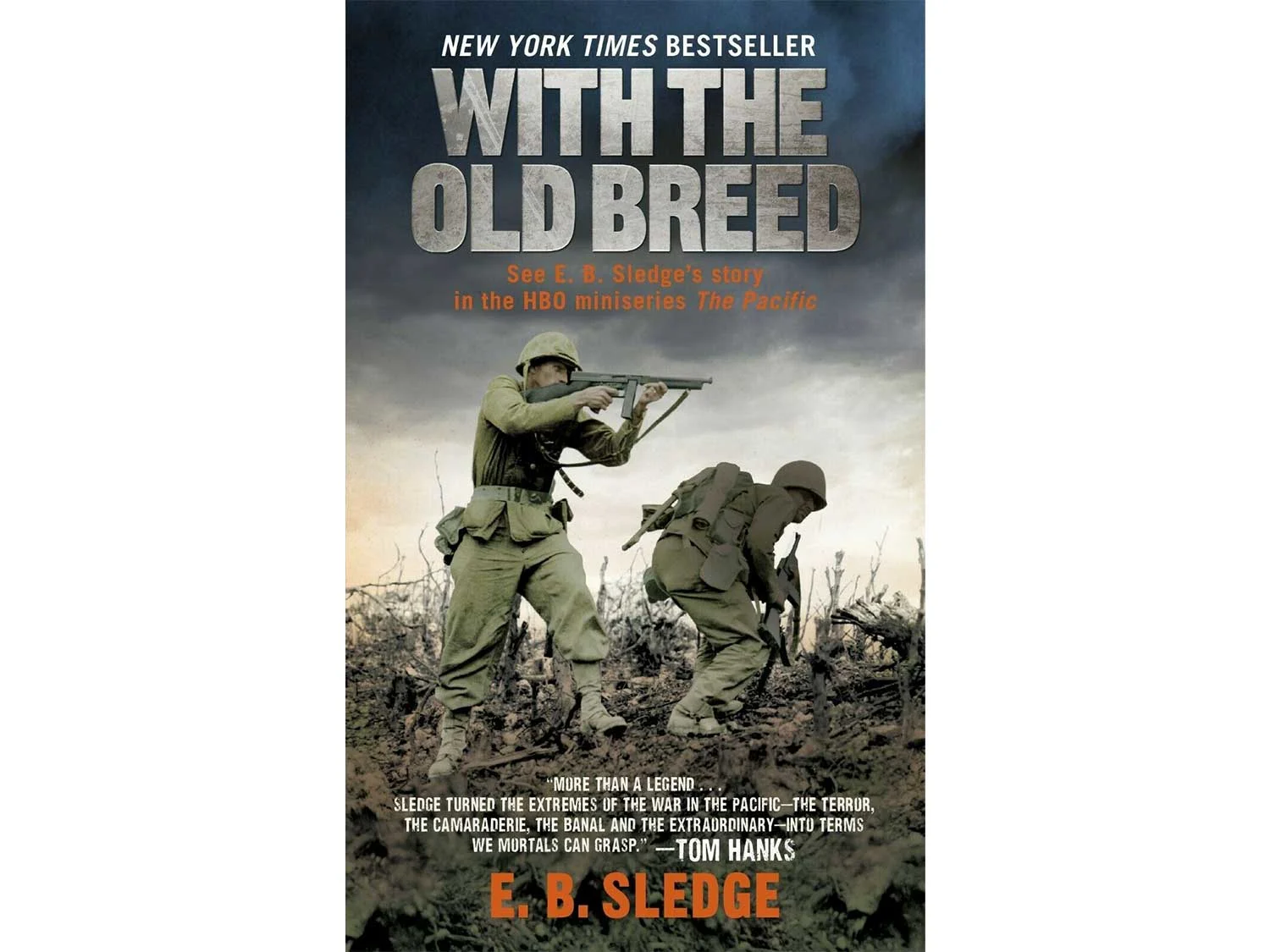
352 pages, Presidio Press, 2007 Presidio Press
Sledge was not a professional writer, and it shows, but he had an unmatched eye for detail and a very strong sense of right and wrong. Much different from Leckie’s book. This is the other great Marine account of WWII
.
Liberation Trilogy , by Rick Atkinson

Hardcover, Henry Holt and Co., 2013 Henry Holt and Co.
I doubt anyone will do better with the European Theatre of WWII
. I doubt anyone will do as well.
This Kind of War , by T.R. Fehrenbach
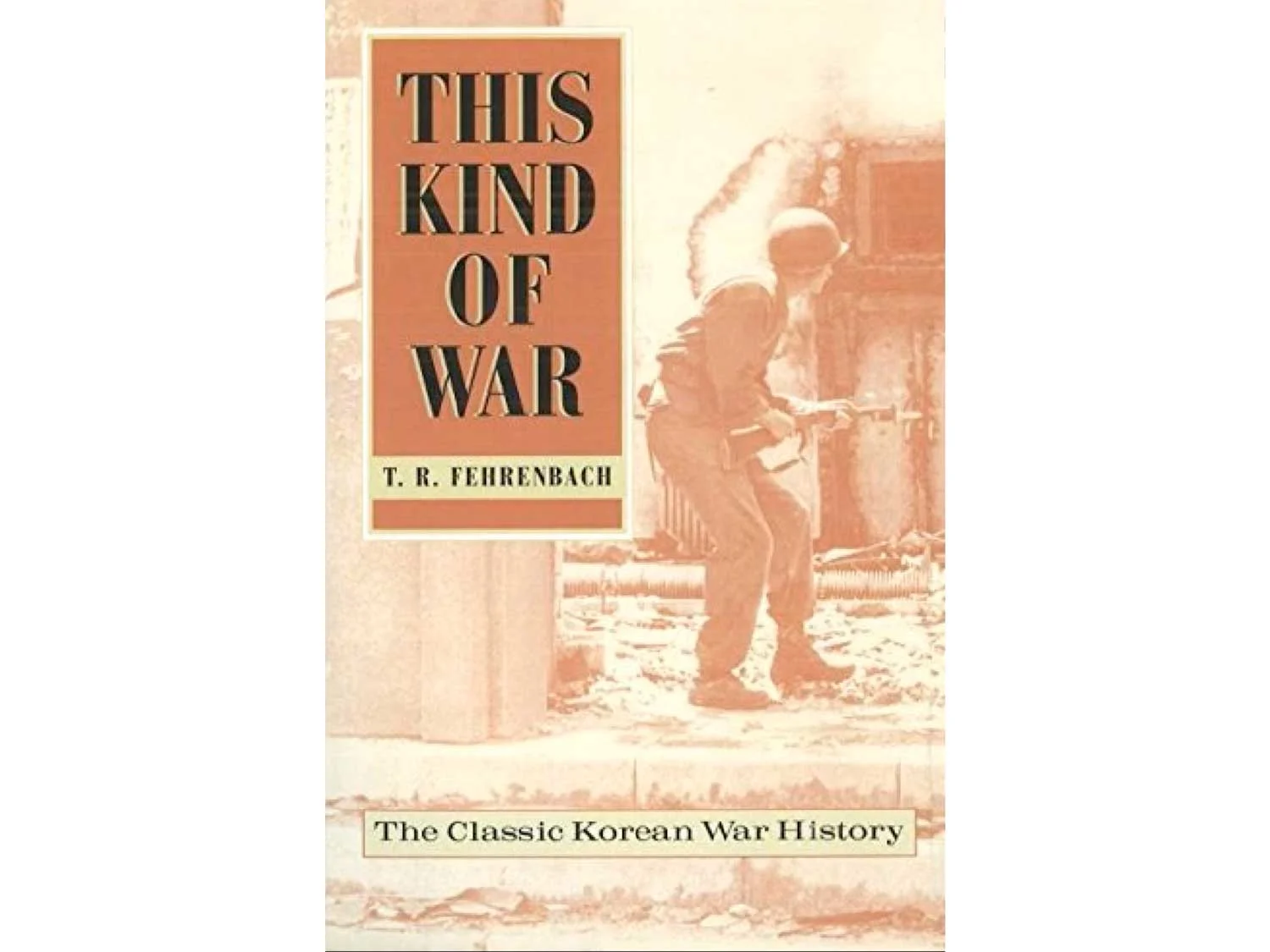
540 pages, Potomac Books, 2001 Potomac Books
Now nearly 60 years old, and still the definitive history of the Korean Police Action
. It looks at the conflict from the squad, platoon, and company level, and makes you very glad you were not there. Required reading at West Point.
Andersonville , by Mackinlay Kantor
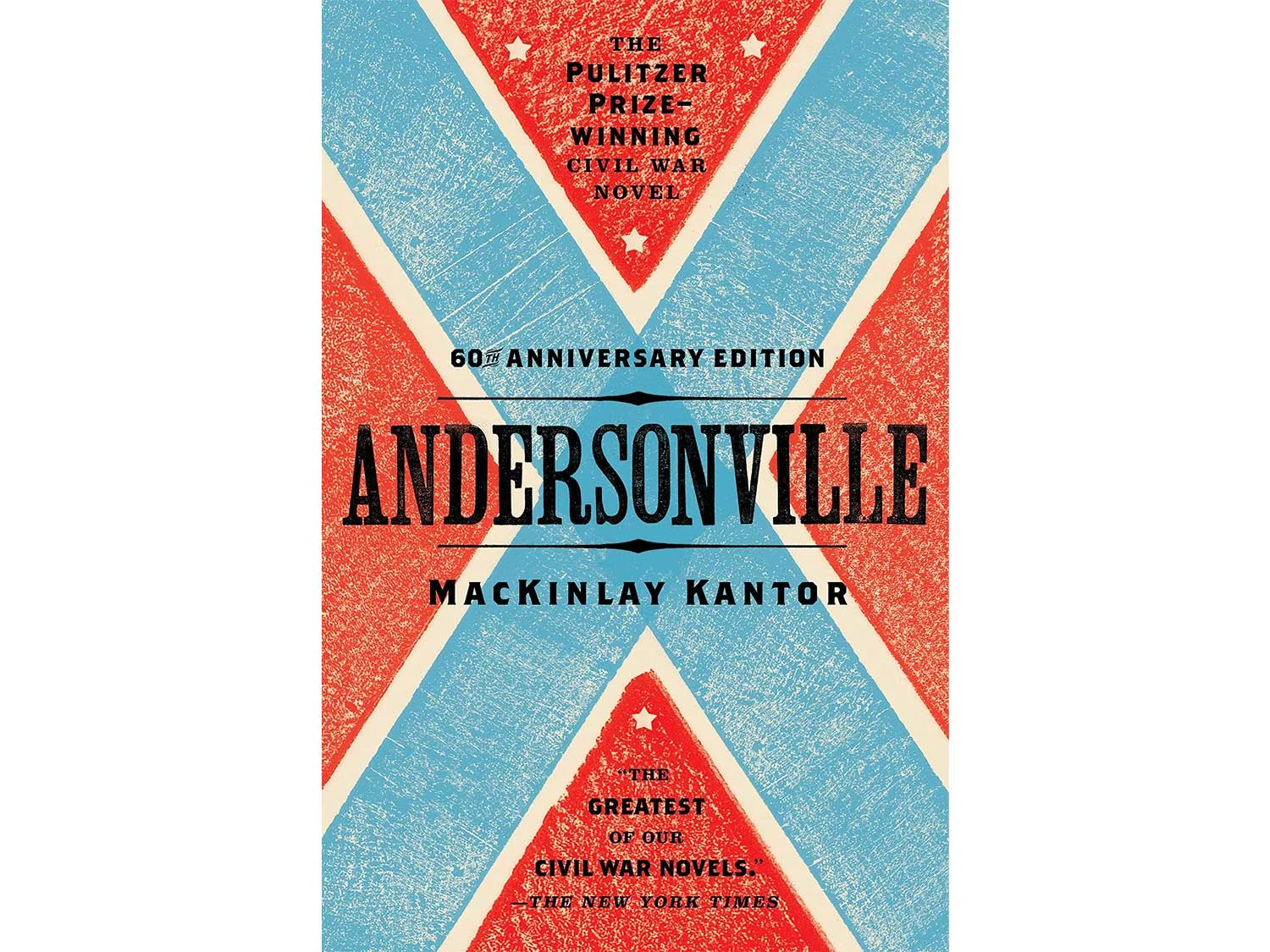
768 pages, Plume, 2016 Plume
Written in 1955 and the winner of a Pulitzer Prize, this is a novel that revolves around Camp Sumpter, the Confederacy’s hellish prisoner of war camp in Georgia. Kantor’s ability to capture the speech of the times, and what the camp must have been like, are absolutely uncanny.
The Killer Angels , by Michael Shaara
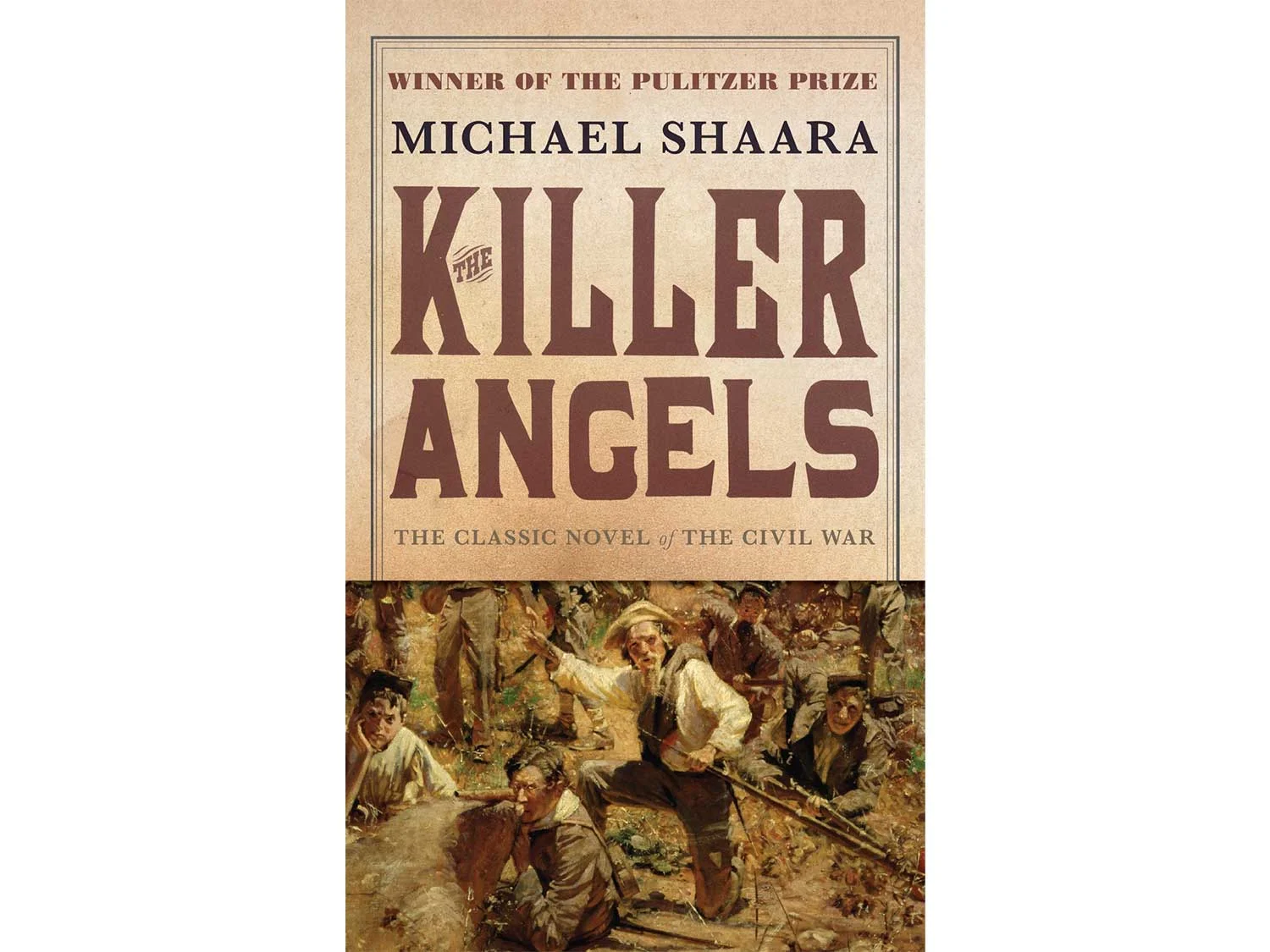
355 pages, Ballantine Books, 1987 Ballantine Books
Another Pulitzer winner, this time vintage of 1974, Shaara puts us into the heads of a dozen of the key officers at Gettysburg. A reasonably bad movie was made of the book a couple of decades ago. The author wrote a number of other novels but never came close to this one.
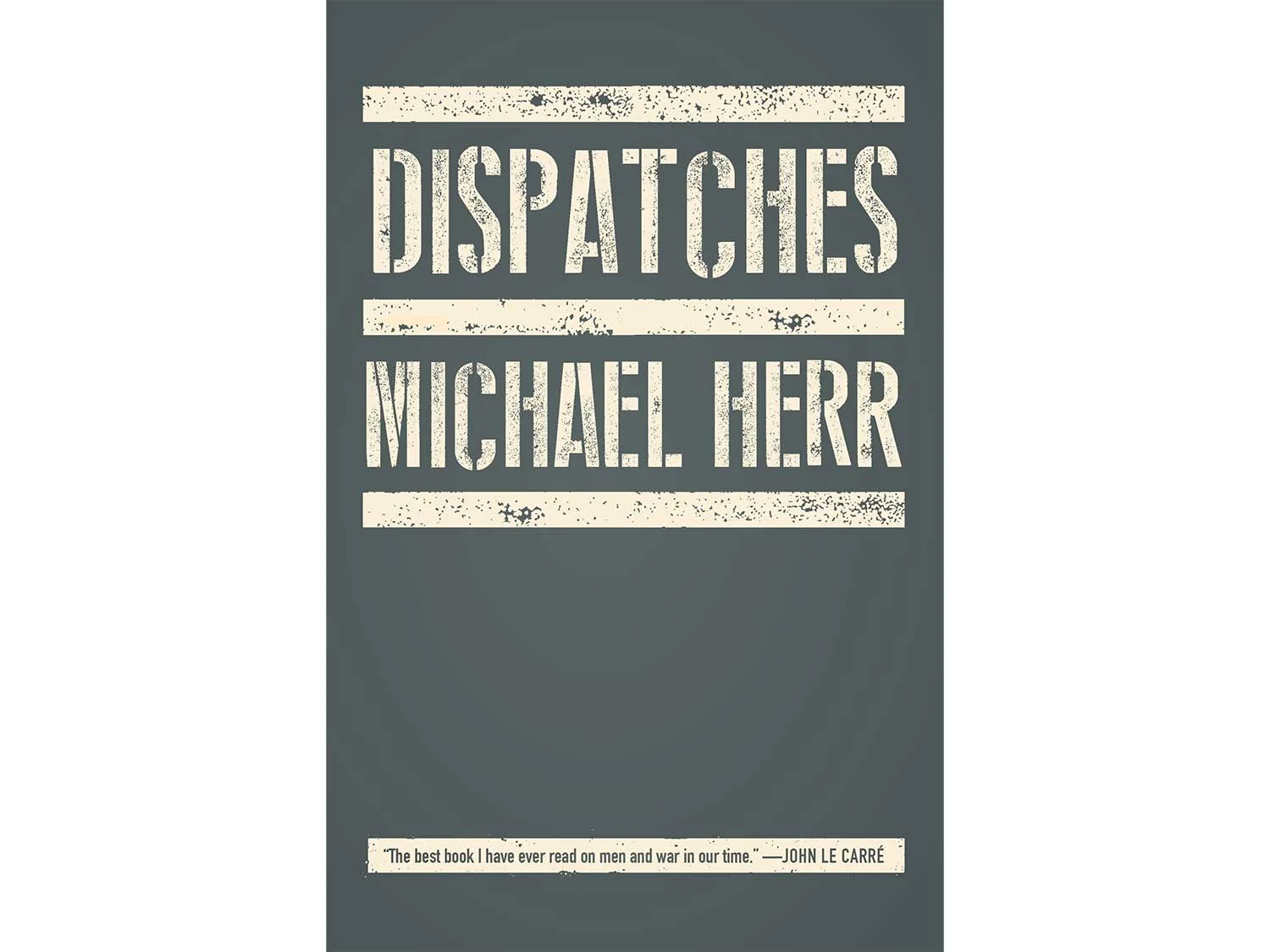
272 pages, Vintage, 1991 Vintage
Short, ugly, highly personal, and still the ultimate book on Vietnam
. When Herr finished his year there, he came home and had a nervous breakdown. He earned it.
The Army of the Potomac , by Bruce Catton
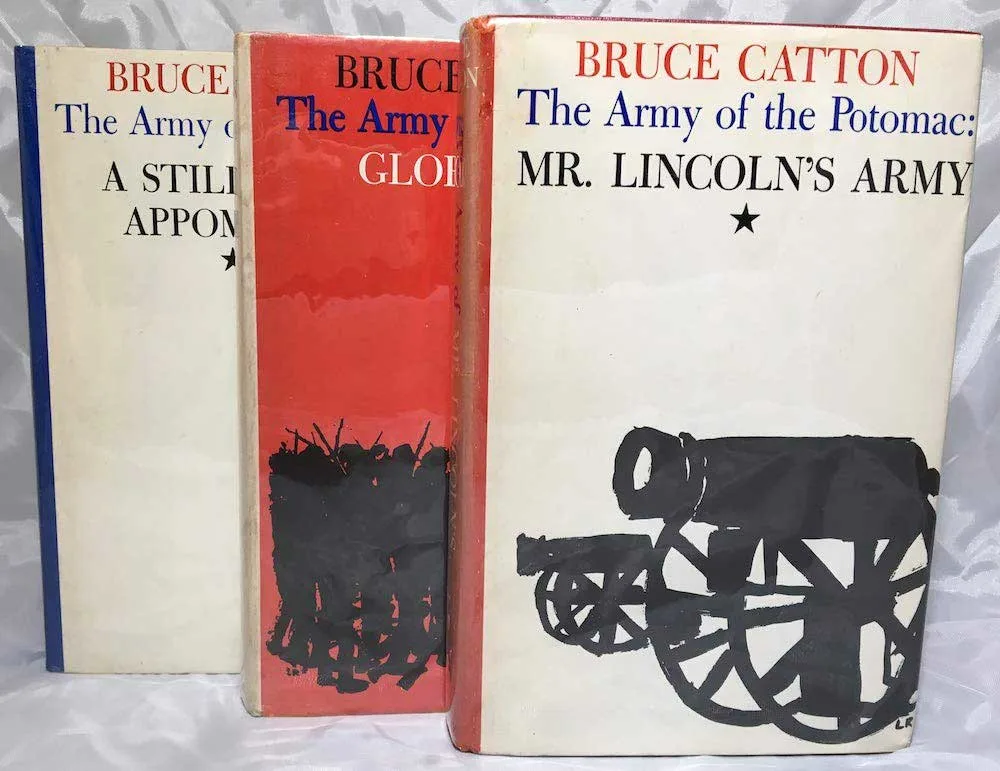
416 pages, Doubleday, 1952 Doubleday and Company
Catton’s three-volume masterwork
. All other Civil War writing pales beside it.
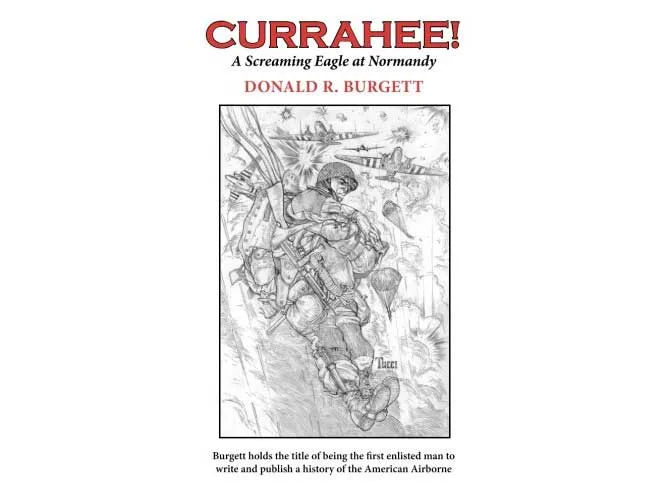
132 pages, DRB Enterprise, Incorporated, 2014 DRB Enterprise, Inc.
Short, unprofessional, and the best memoir yet of a paratrooper in WWII
. Burgett served in the 101st Airborne, and at war’s end was one of 11 men of the original 200 in his company to survive. He was wounded three times, had his rifle shot out of his hands twice, and lived to be 91 years old.
WWII, a Chronicle of Soldiering , by James Jones
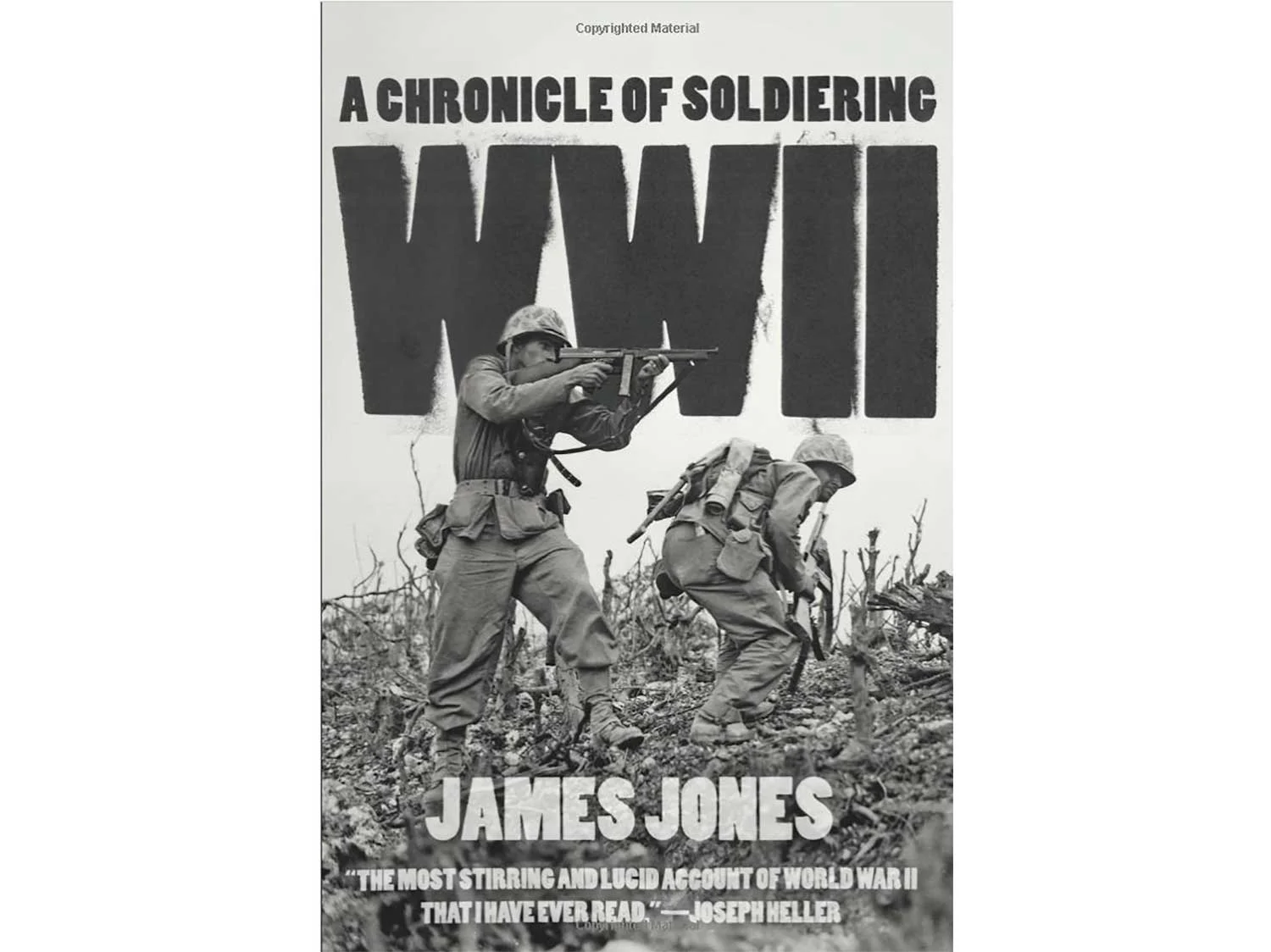
216 pages, University of Chicago Press, 2014 University of Chicago Press
Jones is best remembered as the author of From Here to Eternity. He was a private in the Regular Army at Pearl Harbor and saw the Japanese attack. He served on Guadalcanal before being wounded and sent home. This book is a collection of the great combat art
to come out of the Pacific Theatre, along with Jones’ recollections of his service. There is nothing else like it.
The Forgotten Soldier , by Guy Sajer
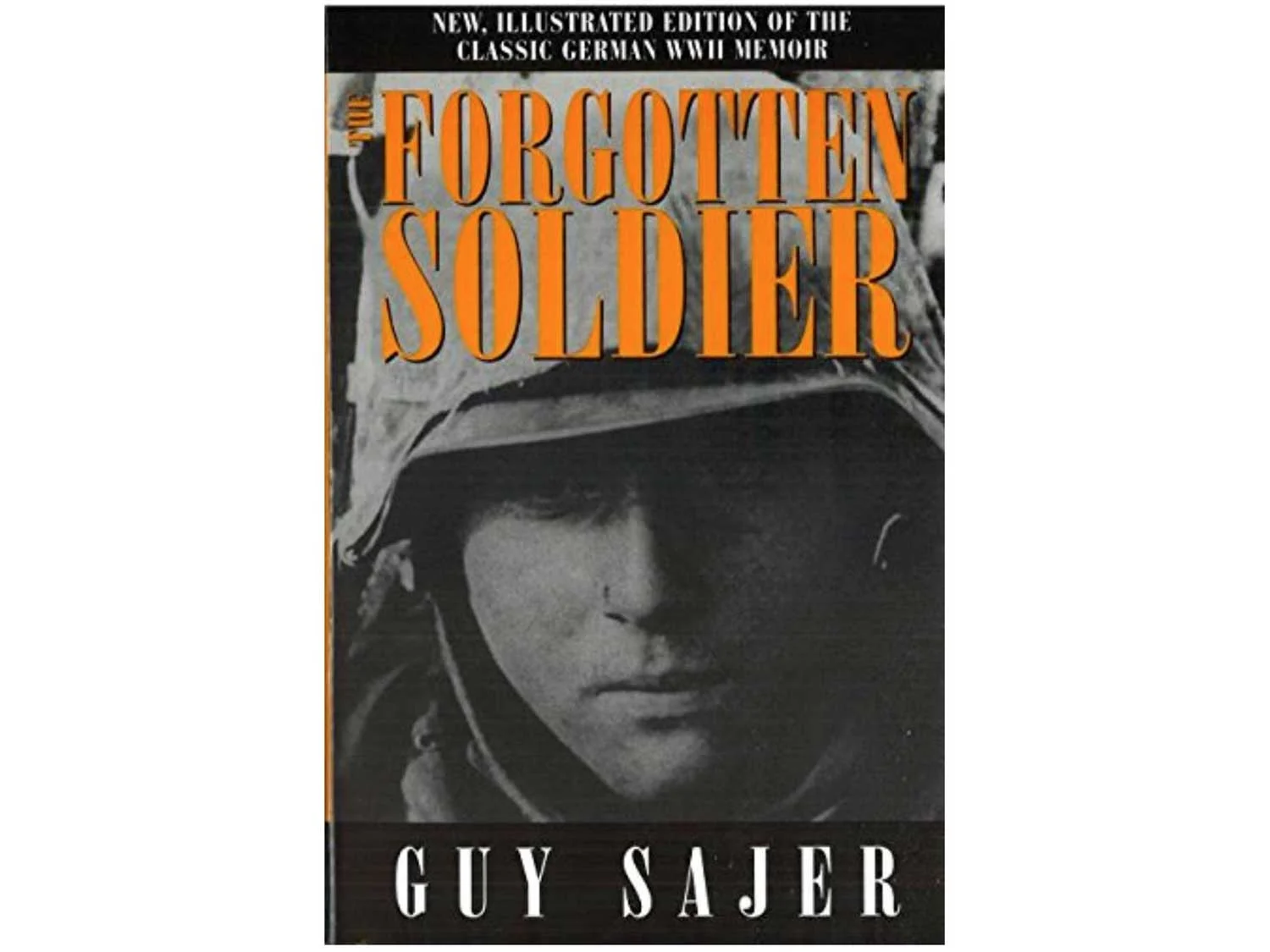
508 pages, Potomac Books, 2001 Potomac Books
Sajer (not his real name) was a 19-year-old Alsatian who was drafted into the German army, barely able to understand the language. He got to invade Russia and somehow managed to return to Alsace. The book
is a testament to how much a human being can endure and still live and remain sane.
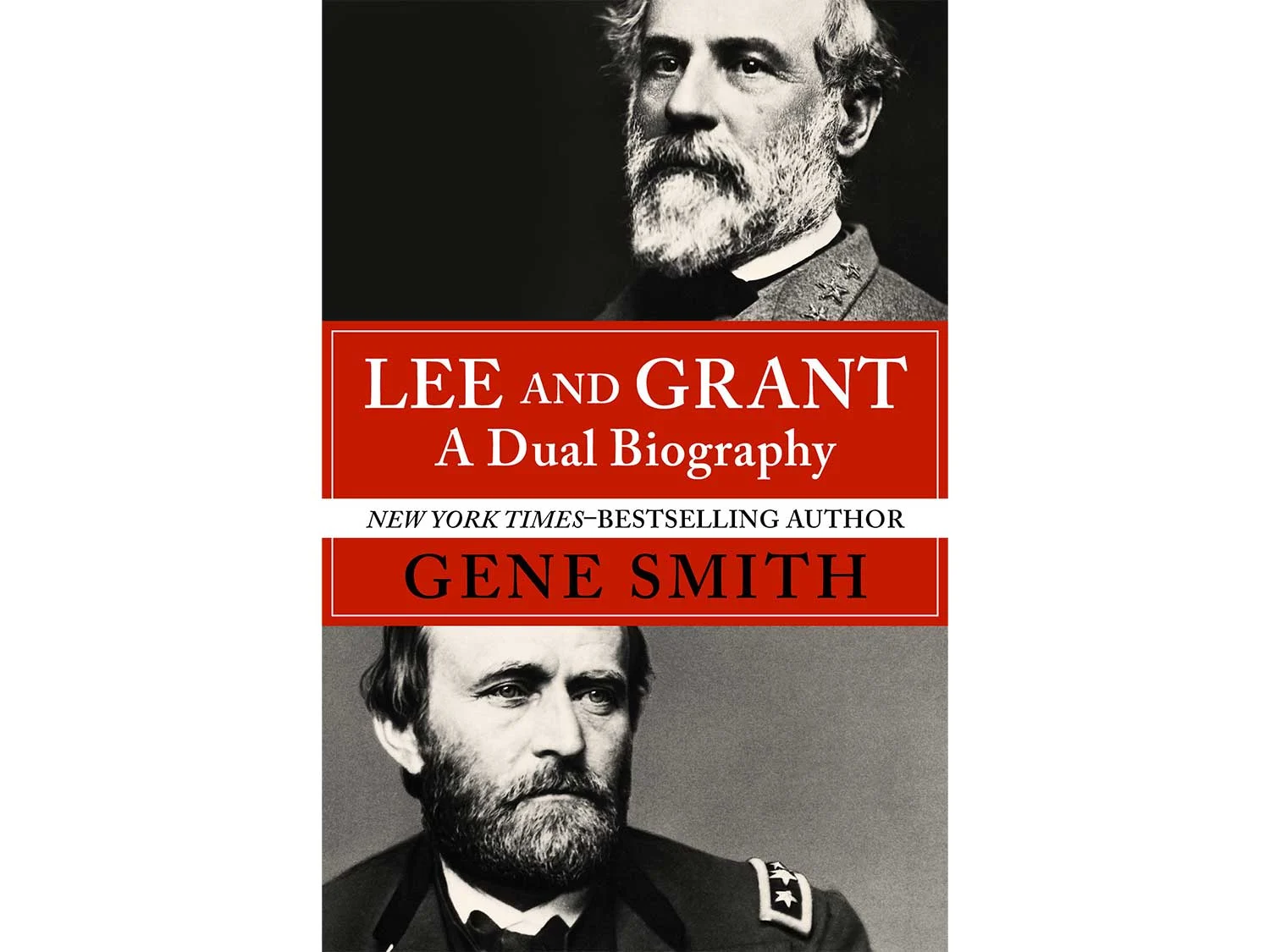
410 pages, Promontory, 1992 Promontory
Were there ever two more unlike generals? Did any two generals ever act as nobly as these two to bring about the end of a war? Smith’s masterpiece
is a back-to-back comparison of the impoverished Virginia aristocrat who was the son of a Revolutionary War hero and the son of an Ohio tanner, both of whom rose to greatness. You can’t put it down.
Guns and Hunting
Horn of the Hunter , by Robert Ruark
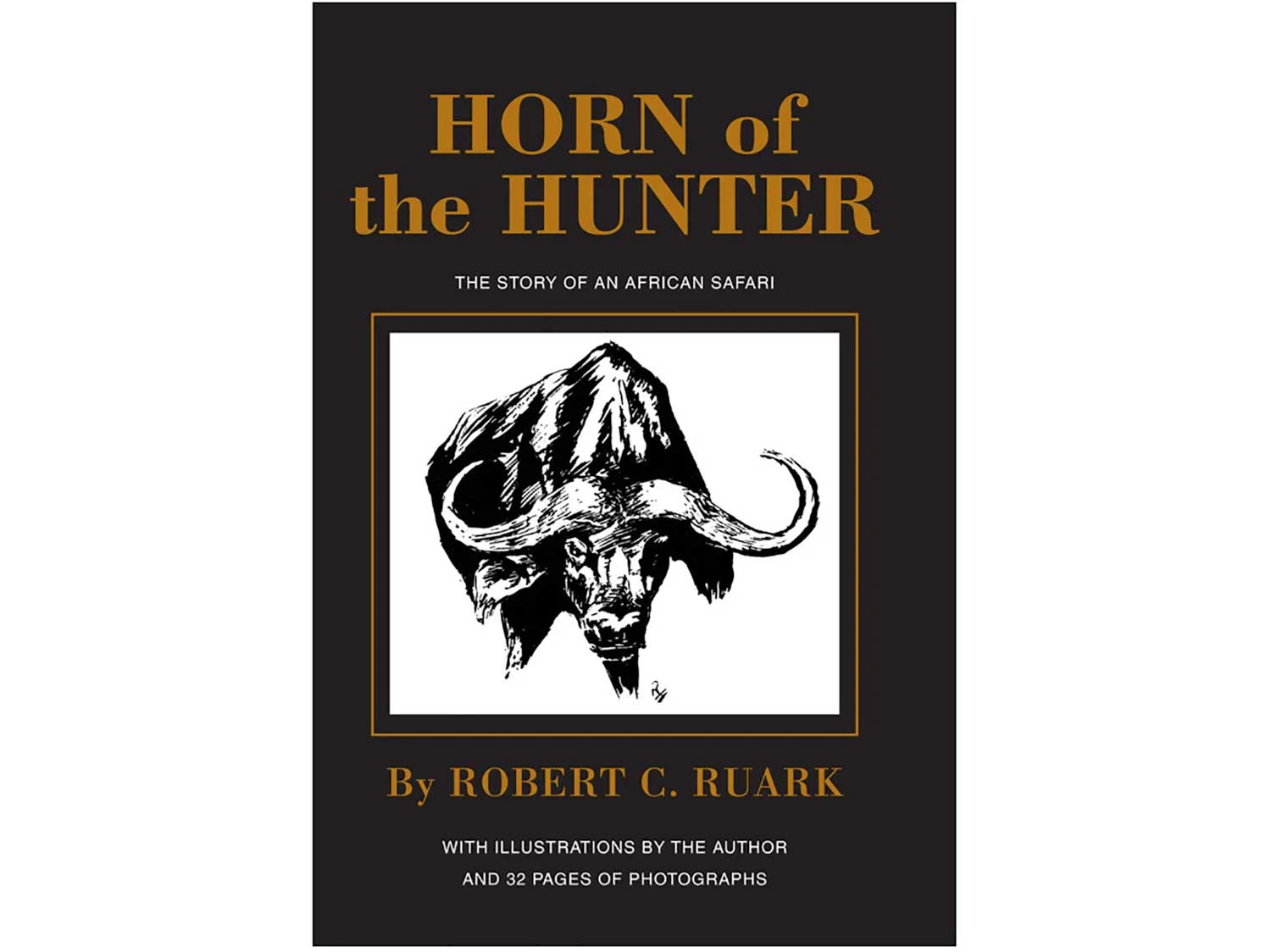
315 pages, Safari Press, 1996 Safari Press
The best book ever on African safaris
. Short and absolutely irresistible.
Safari Rifles II , by Craig Boddington
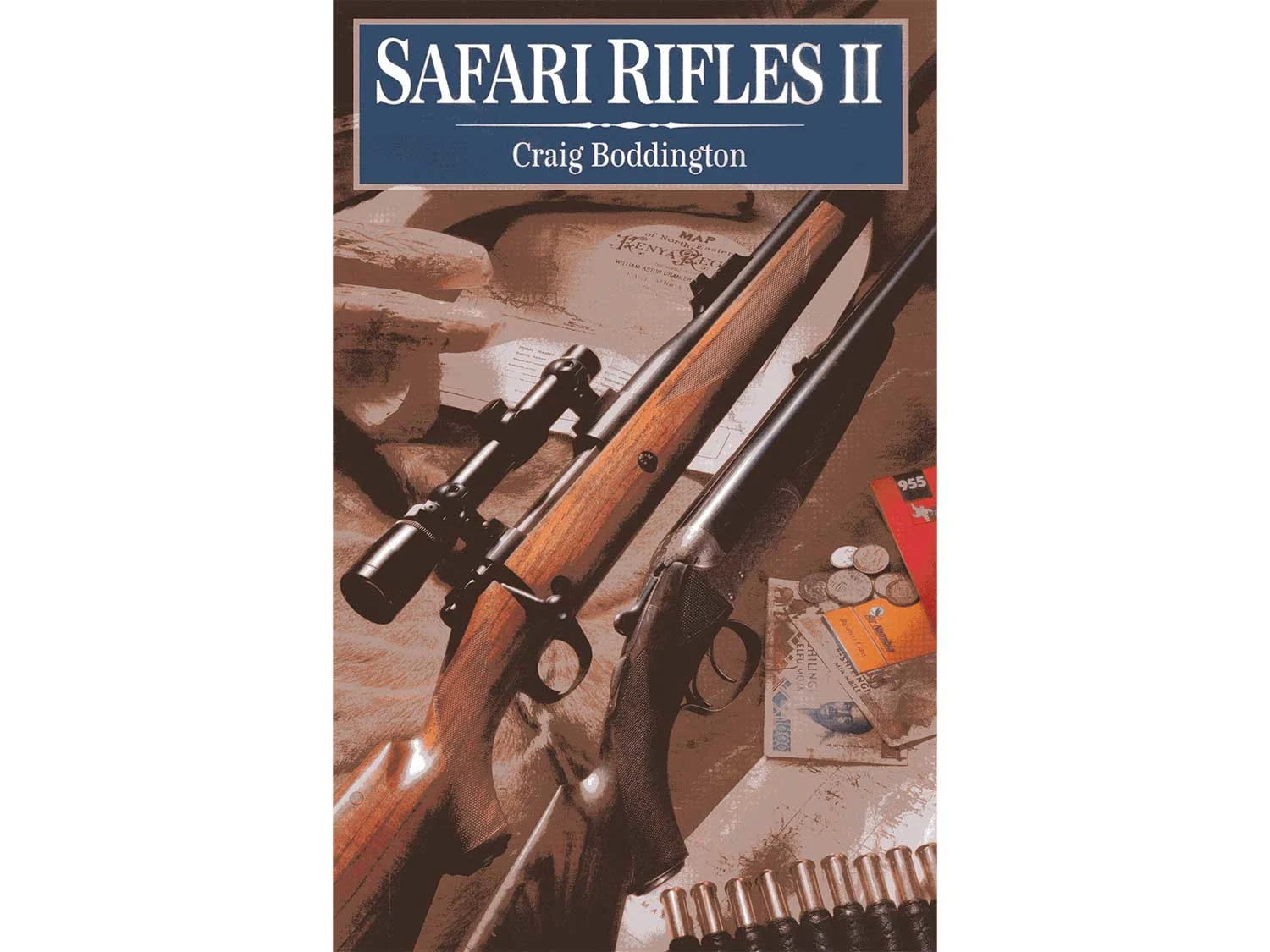
594 pages, Safari Press, 2013 Safari Press
Who better to inform us on the subject than Craig, who crossed the 100-safari mark long ago? He has used everything, and used it a lot. Unlike most gun writers, he has no horse to ride, and will give you a fair, honest, and in-depth accounting of what works for what.
Dangerous Game Rifles , by Terry Wieland

272 pages, Down East Books, 2006 Down East Books
The first edition came out in 2006 and was so good that volume two appeared three years later. Terry, like Craig, has great gobs of African experience. His genius lies in describing machinery, and why it works and why it doesn’t. He is a writer of strong likes and dislikes, and lets you know about them.
You should read both Safari Rifles II and Dangerous Game Rifles because they’re very different approaches to the same subject. Craig’s book
is as much about how rifles are used as it is about the guns themselves. Terry sticks mostly to what works and why, and what doesn’t, and why. You can’t read one without the other.
African Rifles and Cartridges , by John Taylor
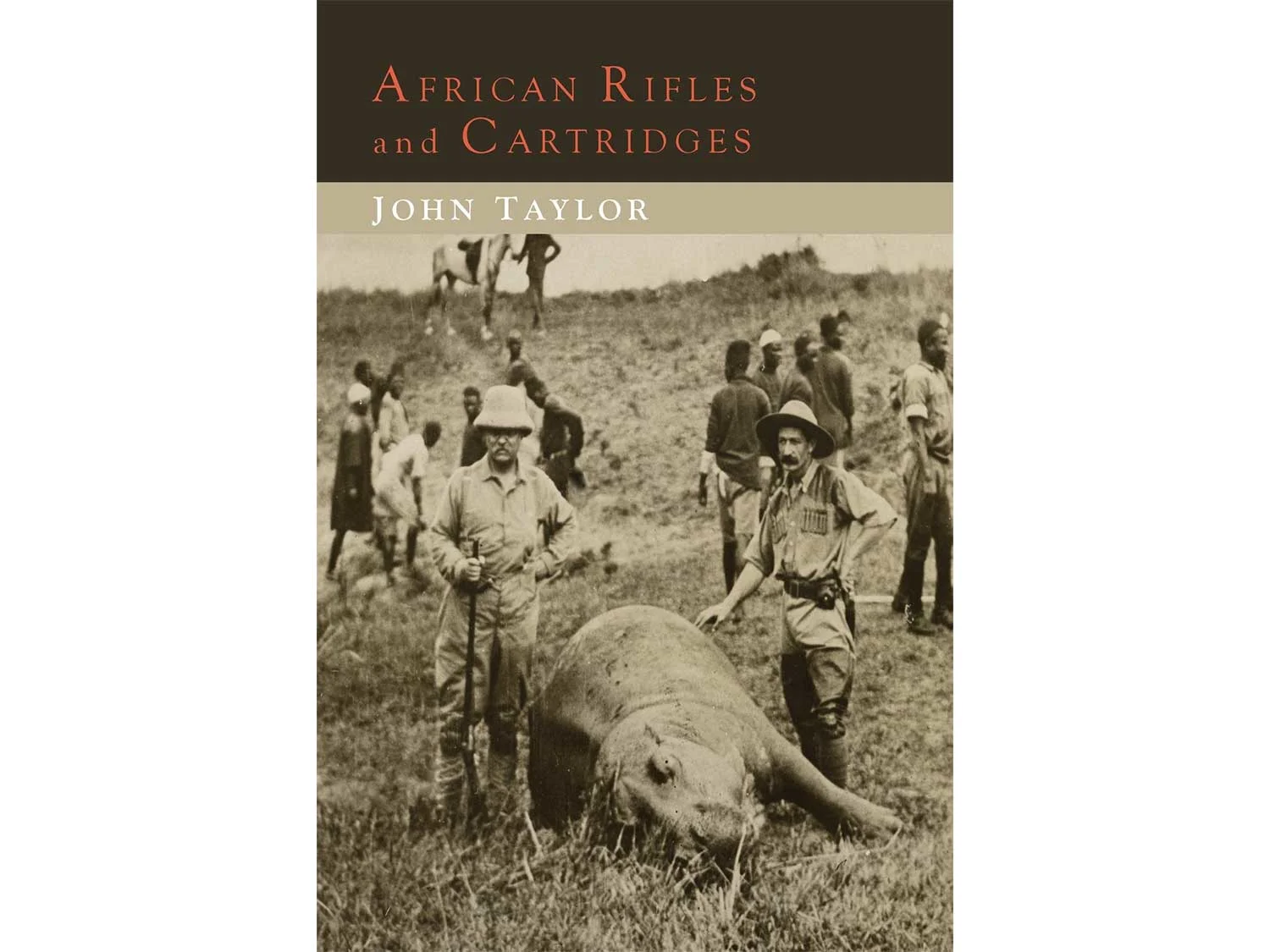
498 pages, Martino Fine Books, 2014 Martino Fine Books
You can get it for the hardware info, but I like it as a picture of an Africa that no longer exists
, and which I wish I had seen.
Shotgunning: The Art and the Science , by Bob Brister
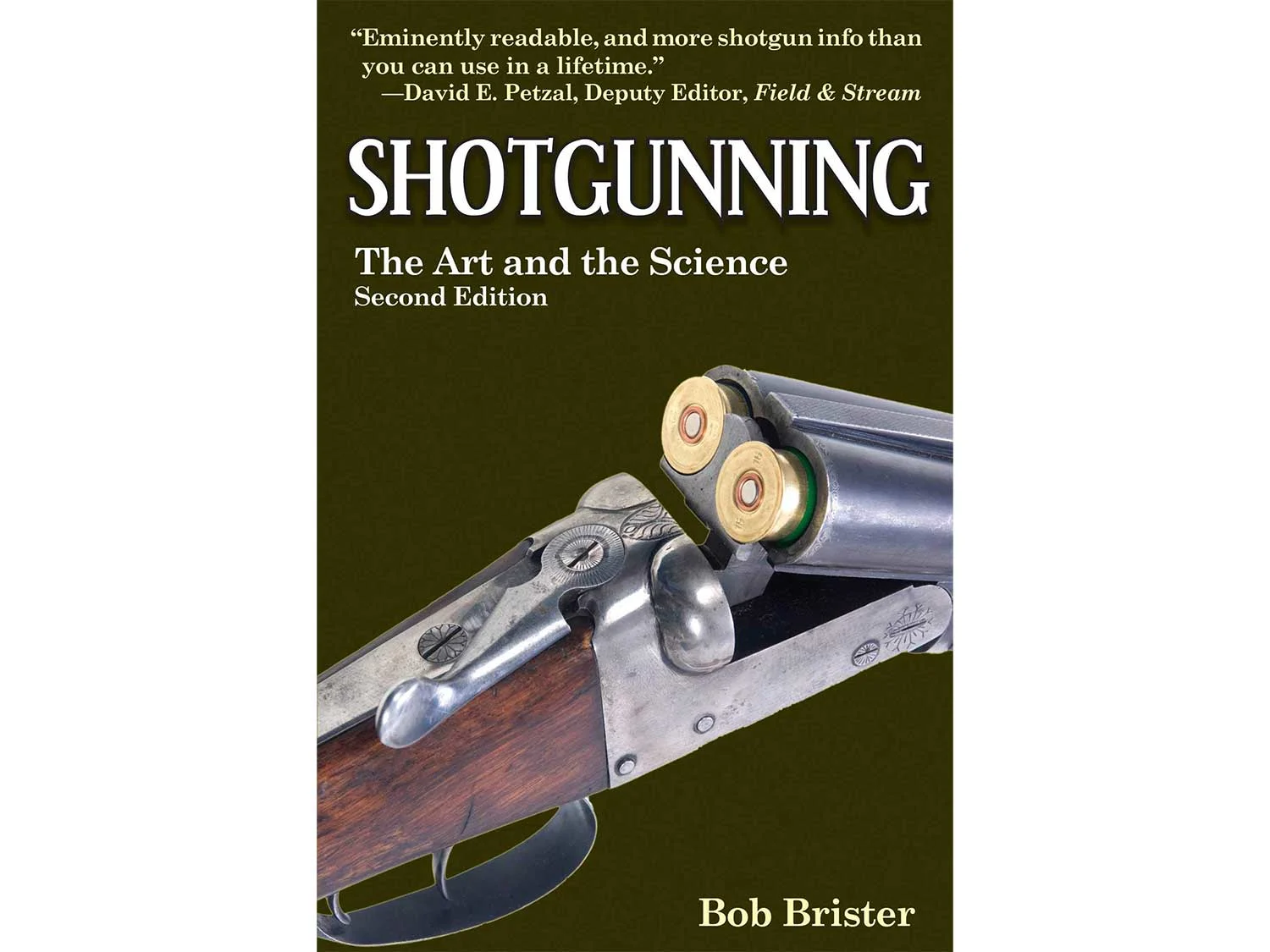
320 pages, Skyhorse, 2014 Skyhorse
The guns have changed some, but this is still the definitive book on the subject
.
Jim Carmichel’s Book of the Rifle , by Jim Carmichel
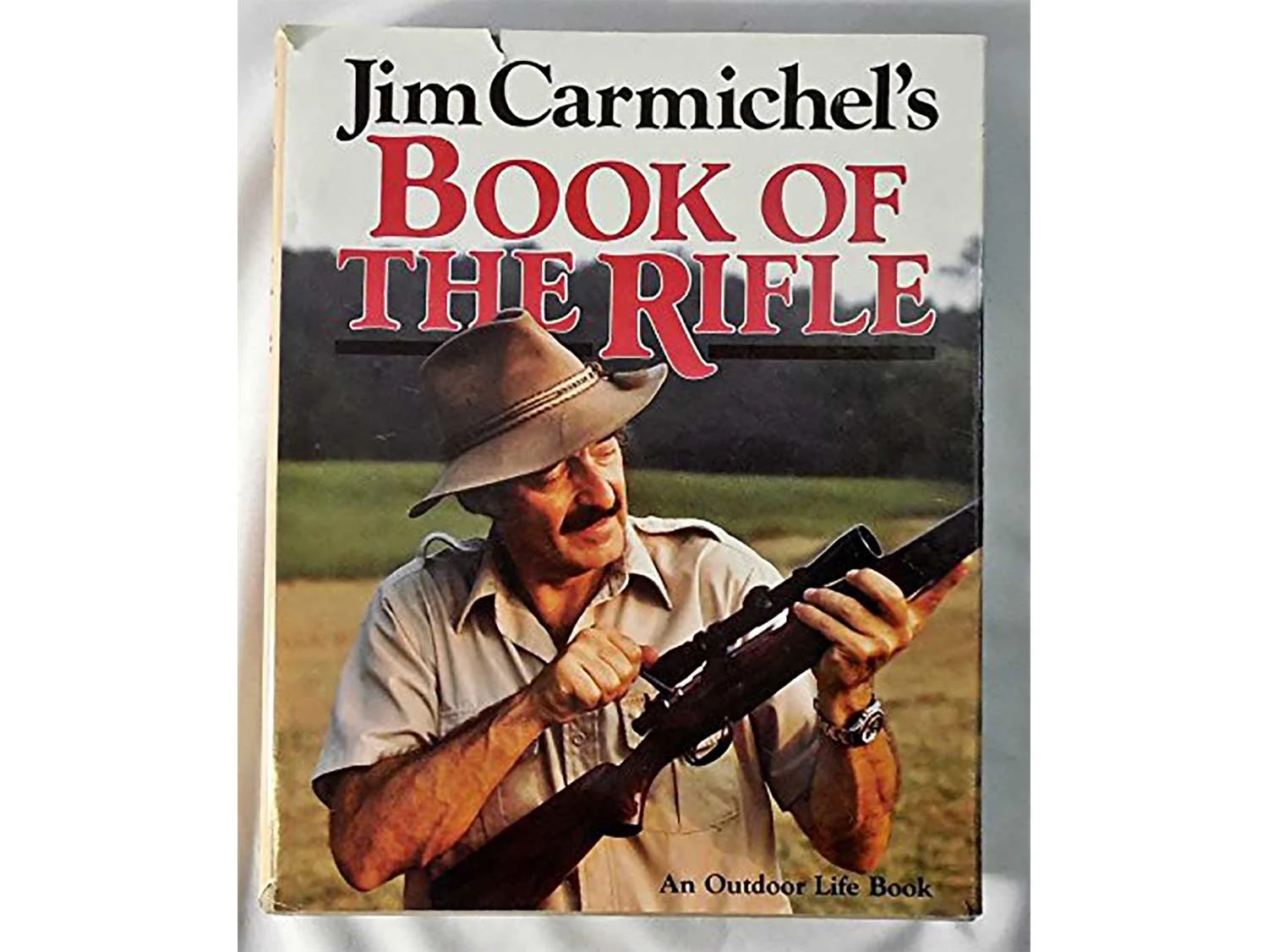
564 pages, Outdoor Life Books, 1986 Outdoor Life Books
, it was published in 1985, and rifle shooting has probably changed as much since then as it did between 1750 and 1950. Nevertheless, it holds up very well. Carmichel is either a Southern humorist who was trained as an engineer, or an engineer who is a Southern humorist. Both are much in evidence, and if you haven’t read it, you may consider yourself an unlettered savage.
Guns and Hunting , by Finn Aagaard
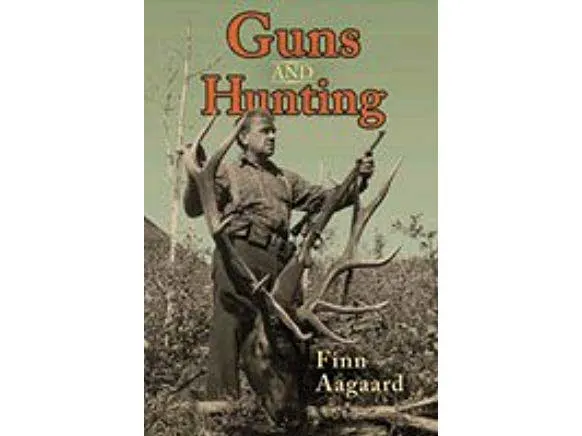
Hardcover, Safari Press, 2012 Safari Press
Finn, who died 19 years ago, would have absolutely detested the way hunting has changed. He was wry, funny, and believed devoutly in common sense and simplicity
. If you were booked to hunt with him and told him you intended to shoot your trophy at long range, he would have returned your money.
The Art of Hunting Big Game in North America , by Jack O’Connor
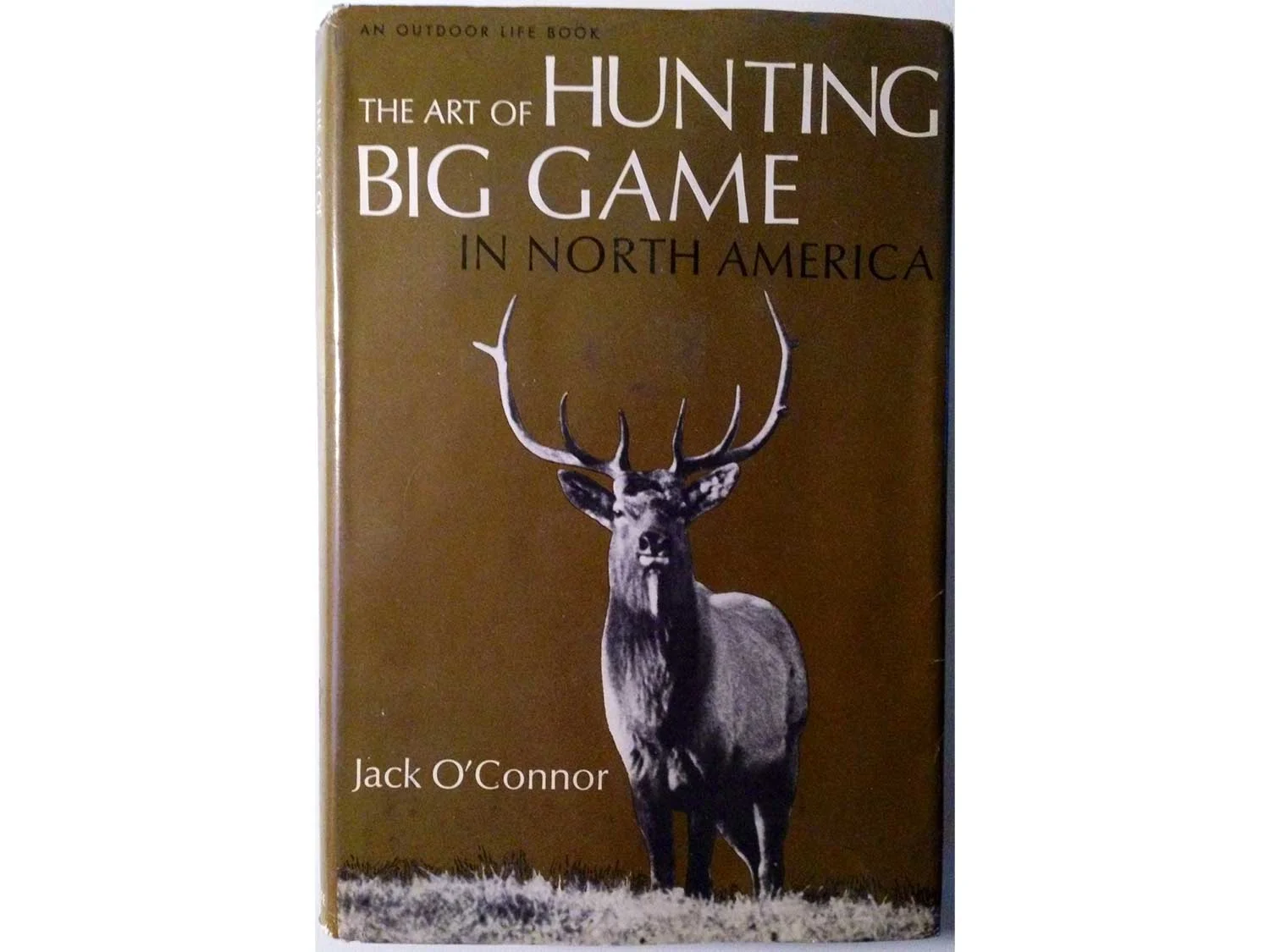
404 pages, Knopf, 1967 Knopf
The Late, Great Jack once described himself as someone who told a hunting story better than anyone else, and he may have been right. His gun stuff is worth reading only because he was so entertaining, but it’s pretty dated now. The hunting part of his oeuvre
(a French expression of the sort that former English majors like myself like to throw around to show how cultured we are and which means “body of work”) holds up very well. And it is, of course, O’Connor.
The Big Game Animals of North America , by Jack O’Connor

264 pages, Outdoor life, 1961 Outdoor Life
Illustrated by Douglas Allen. Originally published in 1961
, it was republished in 1977. Timeless and wonderful.
The Great American Camping Cookbook , by Scott Cookman
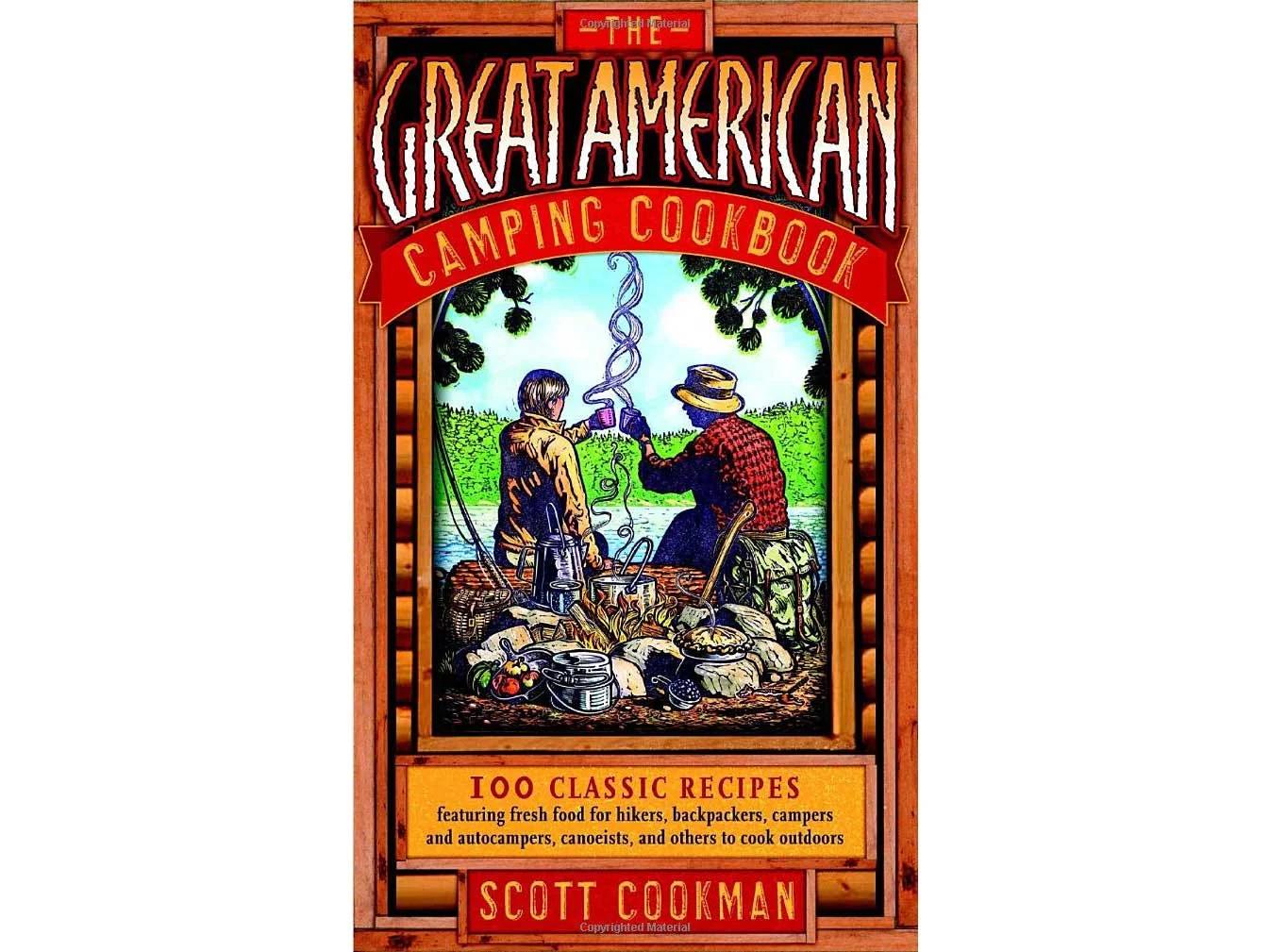
288 pages, Clarkson Potter, 2007 Clarkson Potter
Scott was a gifted writer, and his book
is the best I’ve ever seen on this subject. I don’t care a farthing for the art of cooking unless someone else has done it and I get to eat it, but I read this little volume for sheer enjoyment. His description of a chuckwagon alone is worth the price.
Hunting and Fishing from A to Zern , by Ed Zern
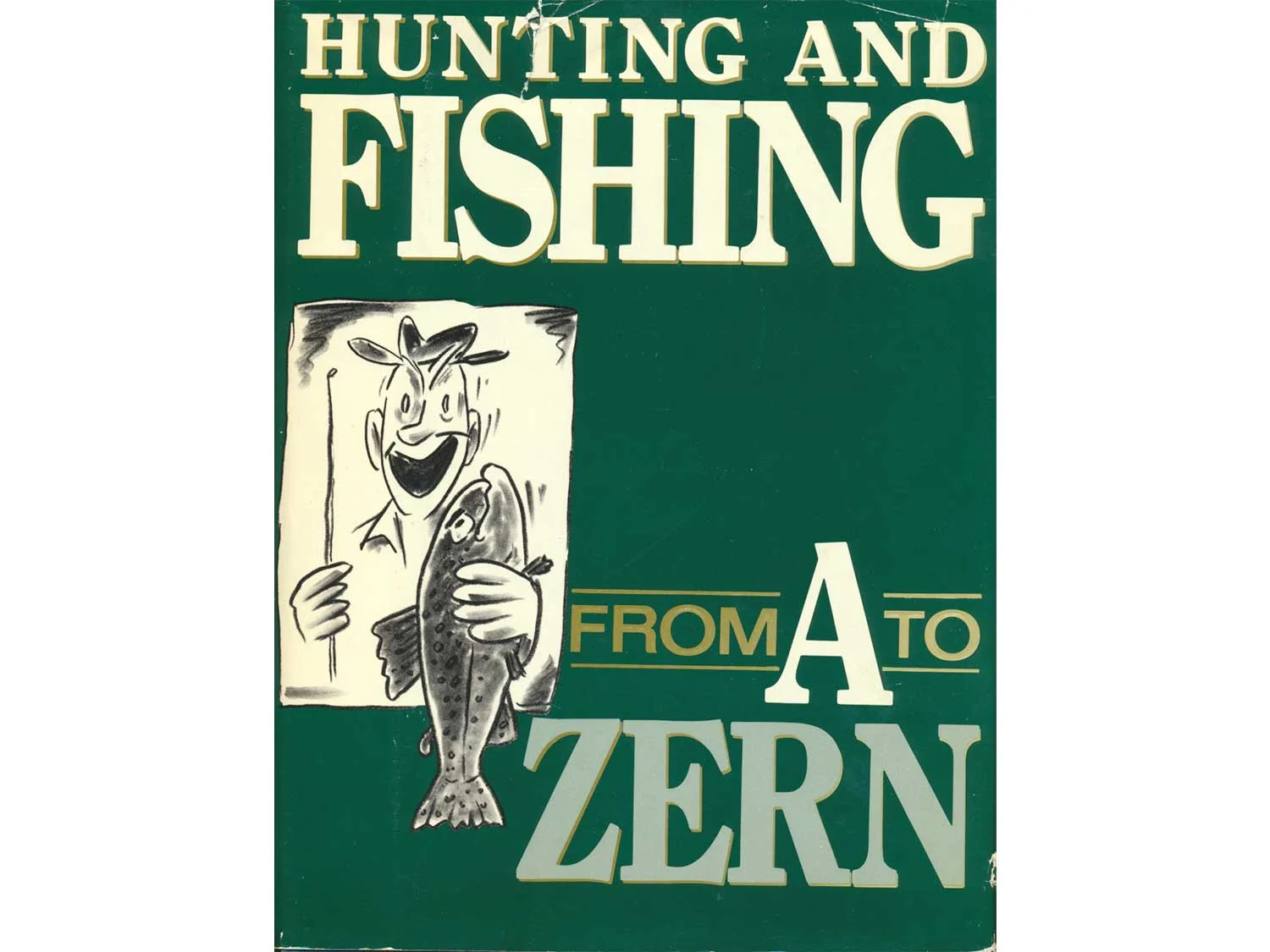
312 pages, Nick Lyons Books, November 1985 Nick Lyons Books
The last page of Field & Stream has always been something of a sacred institution. From 1958, and for the next three decades it was called Exit, Laughing, and Ed made it his own. This book is reprints of his best columns
. His stuff is still priceless and ageless.
One story I have to pass along. Ed always got his column in at the last minute, and one month he was really late.
I called him (we used telephones then).
“Ed, where is it?”
“I can’t talk now, the ape bit my daughter.”
And he hung up without another word.
It was not writer’s b.s. He was telling the truth. He was boarding some kind of vicious primate for a friend who kept it as a pet. The creature did bite his daughter in a fit of ape pique, and he had to drive her to the hospital.
A Rumor of War , by Philip Caputo
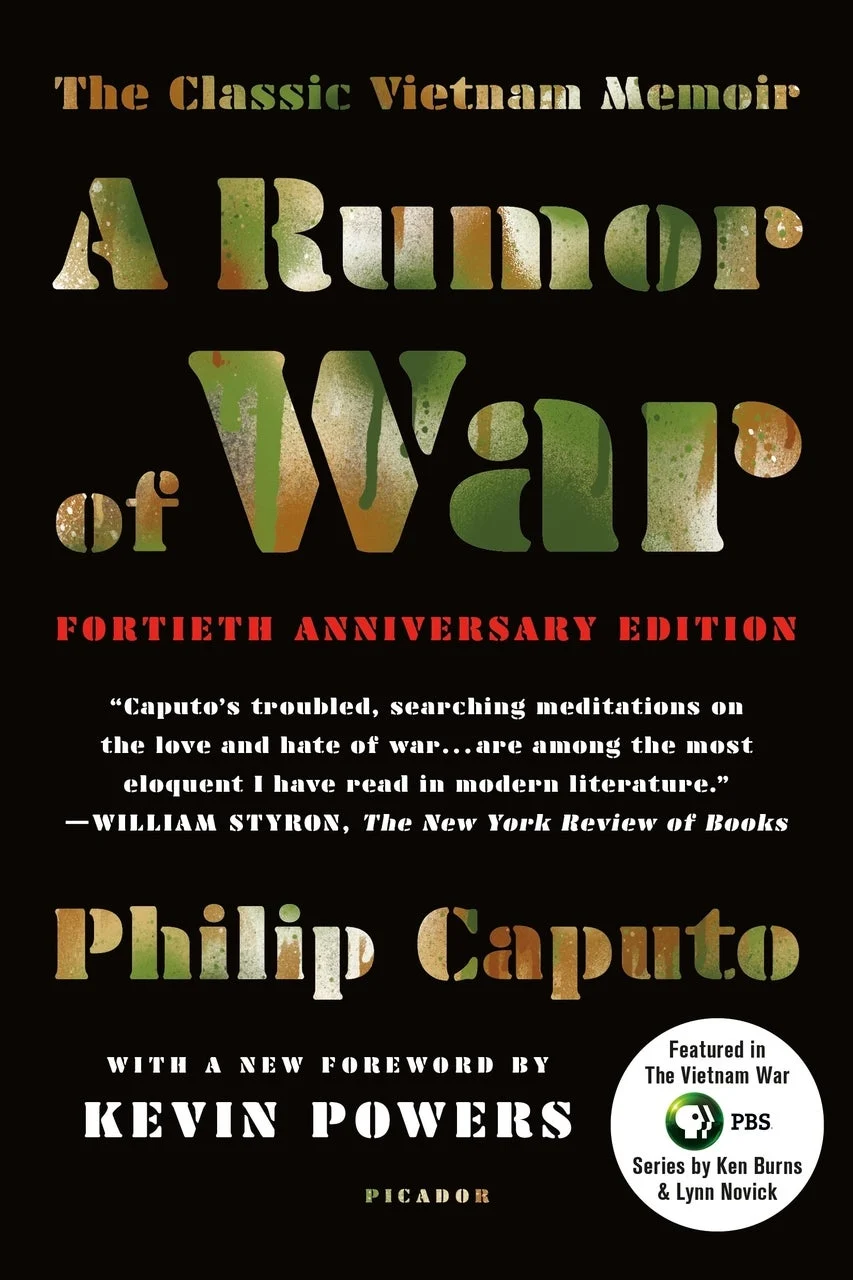
384 pages, Picador; Reprint edition, 2017 Picador
A Rumor of War was published in 1977, became a standout television miniseries three years later, and made Caputo famous. He was a Marine infantry officer who went with the Corps’ 9th Expeditionary Brigade to Da Nang, and thus began his long and dismal descent into one of our greatest national tragedies.
Caputo, who went on to win a Pulitzer Prize as an investigative reporter and has become a major novelist, is a writer of the first magnitude, and the difference between a war memoir written by someone with these credentials and a memoir by an non-professional writer like Eugene Sledge is the difference between a punch in the face from a Golden Gloves beginner and a punch in the face from a ranked professional. It is, Caputo says, a book about “…the things men do in war and the things war does to them.”

